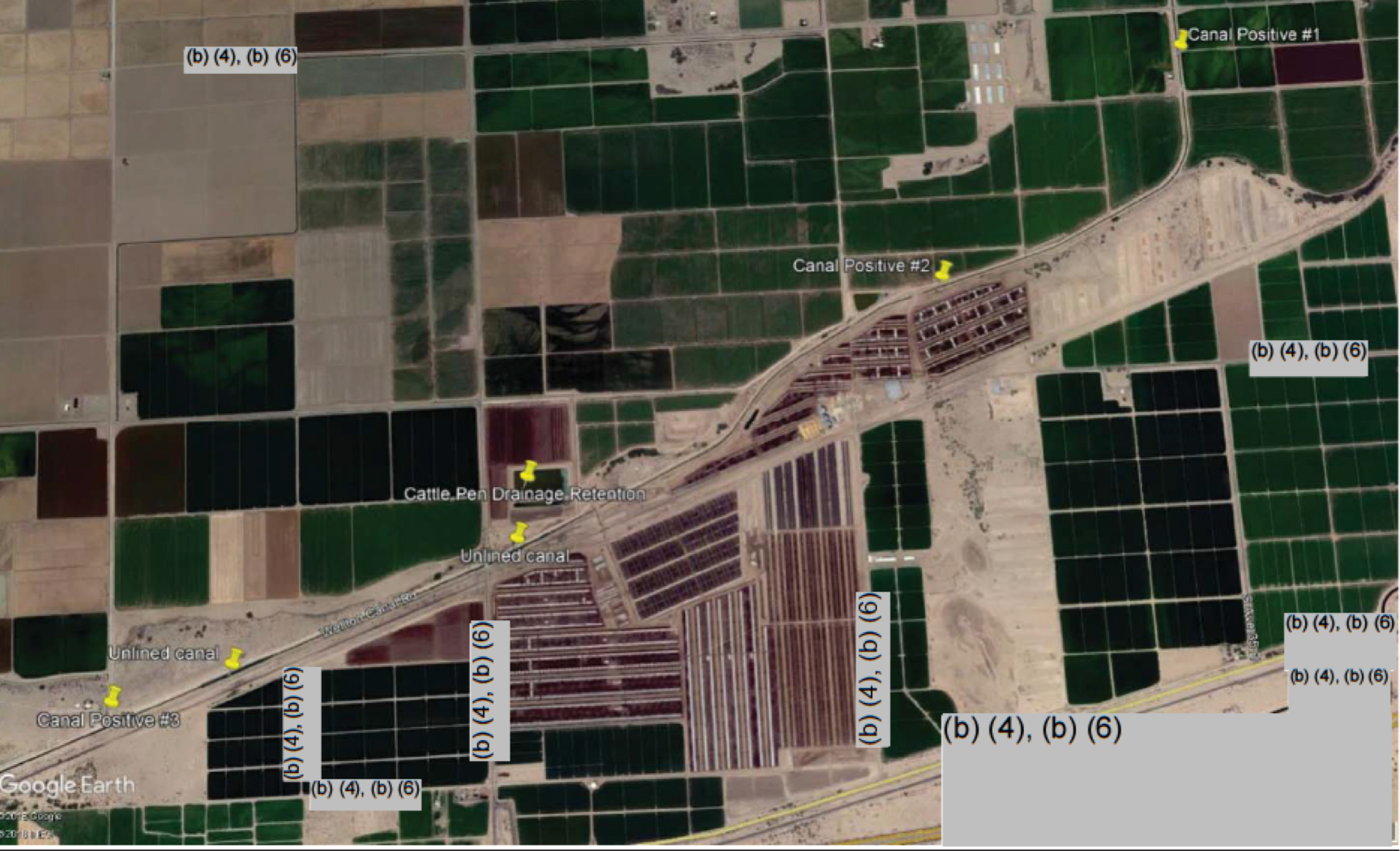Opinion
Stephen M. Ostroff is a former deputy commissioner for foods at the Food and Drug Administration. He wrote this column recently.
Exactly a year ago, during Thanksgiving week, I was involved in the government’s decision to recommend removing romaine lettuce from grocery store shelves and restaurants. We also advised people not to eat any romaine they had purchased and to throw it away instead.
Now, right before Thanksgiving, it’s happening again.
Nobody wants to scratch romaine off the nation’s Thanksgiving menu. But these recommendations were easy ones to make.
Last year, an outbreak of E. coli bacteria linked to romaine was sweeping the country. Contaminated romaine was likely still on the market. We were unsure where the contaminated product came from, so all of it had to be removed. Even if we knew its origin, romaine wasn’t labeled to allow consumers to determine where it was grown. At least the labeling has improved since last year. But more needs to change.
During the 2018 Thanksgiving outbreak, the government’s actions clearly prevented additional illnesses. But, unfortunately, 62 people still became ill. Symptoms of an E. coli infection can include severe stomach cramps, bloody diarrhea, vomiting and fever. Some people experience only mild symptoms, but for others a severe infection can be life-threatening.
Fast forward to now, and there’s another outbreak of the same strain of E. coli linked to romaine, likely from California’s central coast. As of Nov. 22, 40 cases had been reported across 16 states, with 28 hospitalizations but no deaths. The Food and Drug Administration and Centers for Disease Control and Prevention are recommending that consumers avoid romaine from the Salinas region.
Remarkably, the specific E. coli strain (O157:H7) causing the new outbreak is genetically indistinguishable from last year’s and another one in late 2017. Last month, the FDA retroactively identified an outbreak involving romaine lettuce that occurred in late summer, causing 23 illnesses. The CDC has not posted information about that outbreak, so the epidemiologic patterns of illness and causative strain are unknown.
Notably, the 2018 Thanksgiving outbreak was not the first one that year either. It was preceded by the biggest outbreak in the United States of E. coli illness in more than a decade, with 210 illnesses, including five deaths, linked to romaine from the winter growing region around Yuma, Ariz.
With five multistate outbreaks in less than two years, it’s clear there’s a serious continuing problem with E. coli O157:H7 and romaine lettuce. The natural reservoir for this pathogen is ruminant animals, especially cattle. Moreover, one particular strain of E. coli seems to have found a home in the growing regions of central coastal California, returning each fall near the end of the growing season.
It’s not clear where this strain is hiding. Cattle? Water sources? Elsewhere? What is clear is that additional steps must be taken to make romaine safer.
Other commodities such as meat and flour also cause foodborne illness. But at least with these, cooking and baking eliminate the risk. That isn’t the case with romaine. Washing the lettuce may remove surface contamination, but the crinkly leaves make eliminating all of it almost impossible.
The Food Safety Modernization Act, signed into law in 2011, places the responsibility on food producers to prevent contamination from occurring and to assure their product is safe. The leafy greens industry, with input from the FDA, the CDC and others, has recently taken steps to meet this obligation. In September, an industry-led task force issued a set of recommendations to address the problem.
One of the most significant recommendations is that any open-source water in contact with edible lettuce in the three weeks before harvest should be treated to remove contamination. E. coli O157:H7 was found in untreated surface water in both the Yuma and 2018 Thanksgiving outbreaks.
The task force recommendations should be immediately adopted and implemented. But even more should be done. Surface water used for romaine irrigation should be treated throughout the growing cycle, not just in the three weeks before harvest. The FDA should also quickly issue agricultural water standards that have been postponed but are required by FSMA’s produce-safety rules.
Another concern that must be addressed: concentrated animal feeding operations, where tens of thousands of cattle potentially carrying E. coli O157:H7 are housed, if they are located near leafy green growing areas. Buffers between the cattle operations and growing fields are required, but bigger ones may be needed.
E. coli can cause terrible illness. Just ask any of the victims of the five most recent outbreaks. The romaine lettuce market has managed to rebound from outbreak after outbreak. But consumer loyalty is unlikely to be limitless. The industry should not take this resilience as a given.
Editor’s note: Stephen M. Ostroff originally wrote this column for The Washington Post. It is republished here with his permission.
(To sign up for a free subscription to Food Safety News, click here.)

